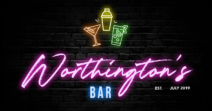Cocktails, those delightful drinks we all know and love, have a rich and storied past. From their humble beginnings as medicinal elixirs to the flourishing art of mixology, they have played a significant role in social gatherings and celebrations throughout history. Join us on a fascinating journey through time as we uncover the captivating history of cocktails.
Defining a cocktail
First, we need to know what a cocktail is. A cocktail is not just a mixed drink; it is an artful combination of flavors, balance, and presentation. It brings together a base spirit with a delightful array of ingredients such as liqueurs, bitters, juices, and syrups. Each sip is a carefully crafted experience that tantalizes the taste buds and delights the senses. In our blog post ‘Cocktails Defined’, we dive into what defines a cocktail and how the interaction between ingredients creates a harmonious and memorable drinking experience.
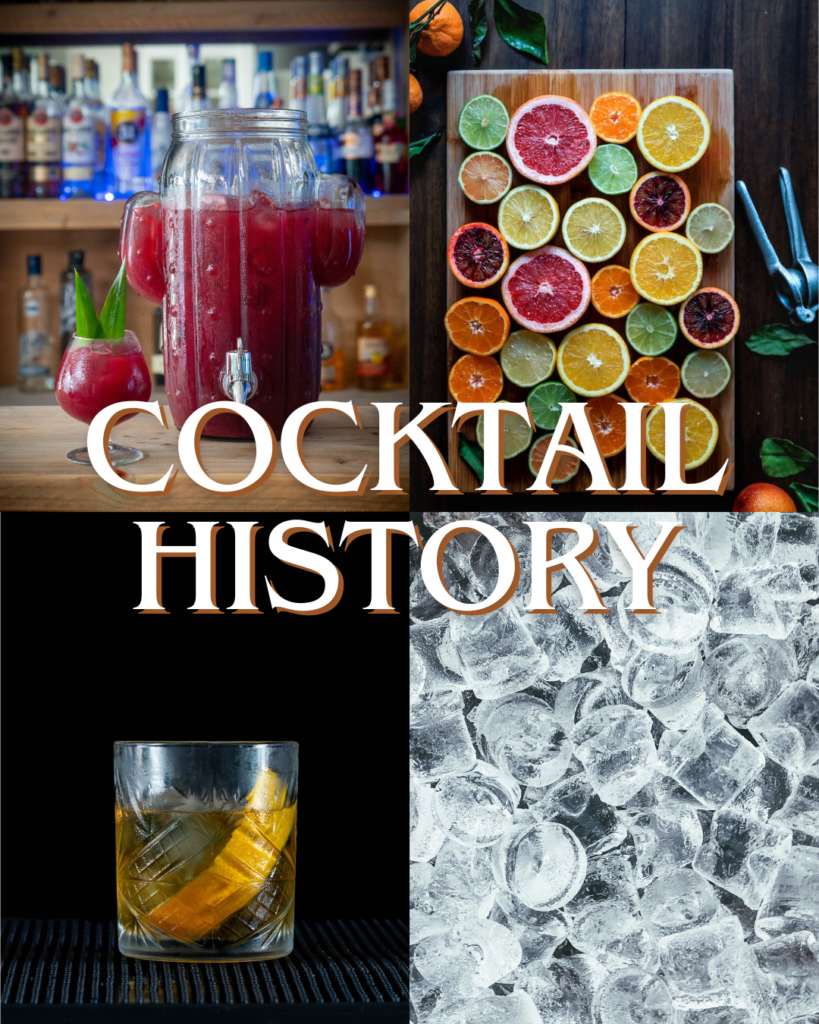
Introducing the world to ice
Around 1806 is when Frederic Tudor started his ice business. He would ‘harvest’ ice from the frozen lakes in Boston and store it in special ice houses. Around the 1830’s he shiped ice all over the world on heavely insulated boats. Nowadays we can’t think of cocktails without using ice to stir or shake or even a freezer to chill our glasses. But back then, majority of the world’s population had never even seen ice and there was no mechanical way of making ice yourself. By introducing the world to ice, Frederic Tudor, has changed cocktails and bartending forever.
The Birth of Cocktails: Stirring Up History!
icture this: it’s the early 19th century, and the term “cocktail” is making its debut in print. But where did these tantalizing concoctions really come from? The truth is, their origin remains a spirited mystery! Some say they were born in taverns and apothecaries, where spirits mingled with herbs and botanicals for medicinal purposes. Talk about a tasty prescription!

During this time, the word “cocktail” was defined as a stimulating beverage composed of spirits, sugar, water, and bitters. However, the true birth of cocktails is shrouded in speculation and debate. While we may never pinpoint a single moment or person responsible for their creation, one thing is for sure: cocktails were destined to become a beloved part of our social connection.
Elixers
Historical records suggest that cocktails evolved from the early practice of mixing spirits with herbs and spices for their perceived health benefits. As people experimented with different combinations, they discovered that these flavorful elixirs were not only invigorating but also a delight for the senses. The art of mixing spirits, sugar, water, and bitters gradually became more refined, giving birth to the cocktail as we know it today.
A Spirited Name
What’s fascinating is that the term “cocktail” wasn’t always exclusively used for mixed drinks. In the early 19th century, it was also used to describe a horse with a tail cut short, which was known as a “cock-tailed horse.” This led some to believe that the term “cocktail” was borrowed to describe these spirited drinks, perhaps because they were known for their stimulating effects, much like a spirited horse.

Early Influences: Punch and Sling – The OG Cocktails!
Before the term “cocktail” gained popularity, there were two prominent drink styles that laid the foundation for the cocktail revolution: Punch and Sling. These early drinks, with their unique flavor profiles and social appeal, set the stage for the rise of mixed drinks and the art of cocktail making.
punch
Punch, believed to have originated in India, was a delightful concoction that quickly gained popularity across the globe. It was a flavorful fusion of spirits, citrus, sugar, water, and an array of spices. Punch became synonymous with fun and socializing, often served in big bowls or pitchers at parties and get-togethers.The combination of aromatic spices, tangy citrus, and the kick of spirits created a harmonious blend that delighted the taste buds and brought people together.
Sling
The Sling, another influential drink, gained popularity in the American colonies during the 18th century. It was a simpler yet equally satisfying mix of spirits, water, sugar, and citrus. The Sling was known for its refreshing qualities, making it a popular choice in warm climates. It was often enjoyed as a daytime drink, perfect for quenching thirst and lifting spirits.
Shaping The Landscape of Cocktails
Both Punch and Sling played a significant role in shaping the cocktail landscape. They introduced the concept of mixing spirits with other ingredients to create well-balanced and flavorful drinks. These early pioneers laid the groundwork for the development of more complex cocktail recipes and techniques.
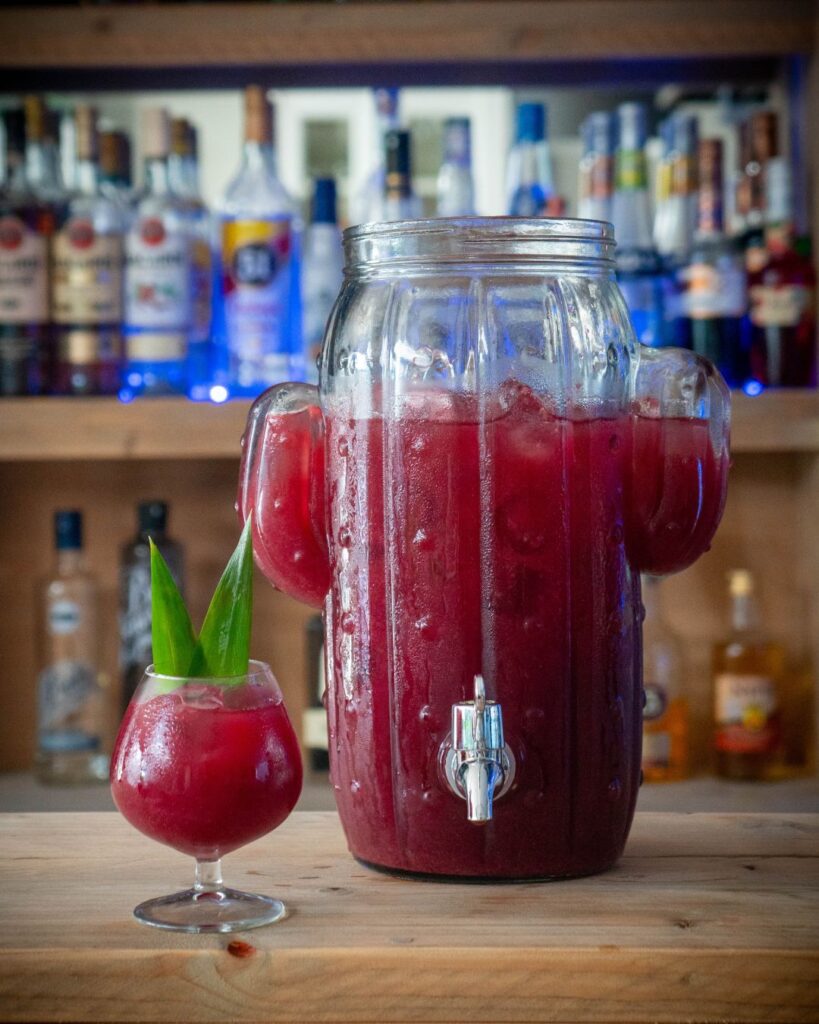
The influence of Punch and Sling can still be seen today in many classic cocktails. For example, the modern-day Punch often features a combination of spirits, fruit juices, and spices, paying homage to its ancestral roots. The Sling, on the other hand, can be traced back to the iconic Singapore Sling, a cocktail that combines gin, cherry liqueur, citrus juices, and soda water.
The legacy of Punch and Sling extends beyond their recipes. They embody the spirit of conviviality, bringing people together to share in the enjoyment of a well-crafted drink. These early cocktails set the stage for the cocktail revolution, inspiring bartenders and mixologists to experiment with flavors, presentation, and the art of mixing spirits.
The Golden Age of Cocktails: A Boozy Blast from the Past!
Fast forward to the 1880’s, where cocktail culture was flourishing and the art of mixology was taking center stage. This era marked a golden age for cocktails, particularly in the United States, where bartenders and mixologists were on a mission to craft the perfect drink and elevate the social drinking experience to new heights.
More Than a Beverage
Bars and taverns transformed into lively centers of creativity and socializing, where the craft of blending spirits, sugar, water, and bitters reached its pinnacle. Talented bartenders became revered figures, celebrated for their skillful concoctions and ability to create memorable drinking experiences. The cocktail became more than just a beverage; it became a symbol of sophistication, indulgence, and celebration.
becoming an icon
During this period, classic cocktails emerged as icons of the era. Drinks like the Martini, Manhattan, Daiquiri, Margarita, White Lady and Martinez gained popularity and became staples in cocktail menus. These timeless drinks showcased the elegance and craftsmanship that defined the Golden Age of Cocktails. Each sip was a journey through flavors, with the perfect balance of spirits, bitters, and sweeteners creating a harmonious symphony on the palate.
Cocktail books
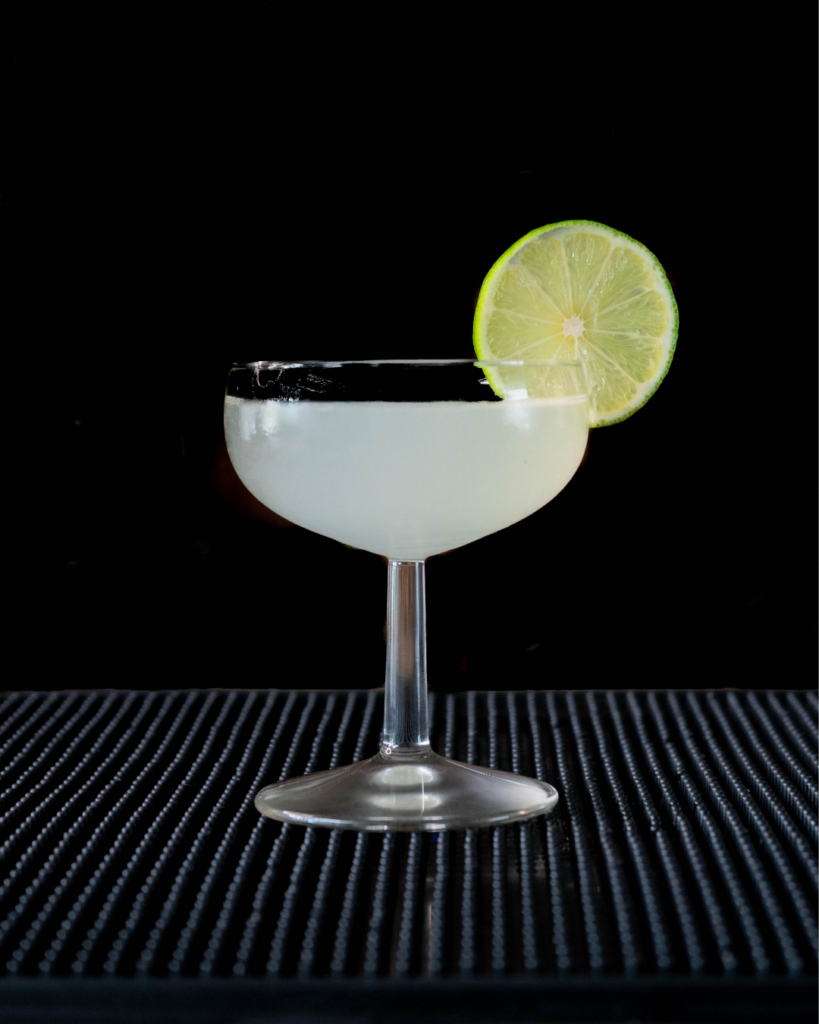
The 19th century also saw the rise of cocktail books and publications, which served as valuable resources for both professionals and enthusiasts. These guides provided recipes, techniques, and insights into the art of mixology, contributing to the dissemination of cocktail culture and inspiring a new generation of bartenders. The first comprehensive cocktail book: ‘Bartenders Guide’ was written by Jerry Thomas in 1862, which has over a hundred recipes for different drinks.
End of an Era
In 1920 Prohibition started in the United States of America and selling alcohol got prohibited, which meant that the Golden Age was over. The Golden Age of Cocktails bid farewell, but its spirit lives on! Today, the echoes of this era can still be heard in the vibrant cocktail culture that surrounds us. From trendy bars to innovative mixologists, the classics from the past inspire and guide the creations of the present. It’s a delightful homage to the craftsmanship and boundless creativity that defined this golden era.
Classic Cocktails and Prohibition: Bootlegged Bliss!
Step into the tumultuous era of Prohibition, a time when the ban on alcohol in the USA led to an underground world of secret drinking establishments and covert imbibing. But from these shadowy corners emerged a thriving cocktail culture, where mixologists had to get crafty to satisfy the thirst of their patrons with bootlegged spirits of questionable quality.
Speakeasies
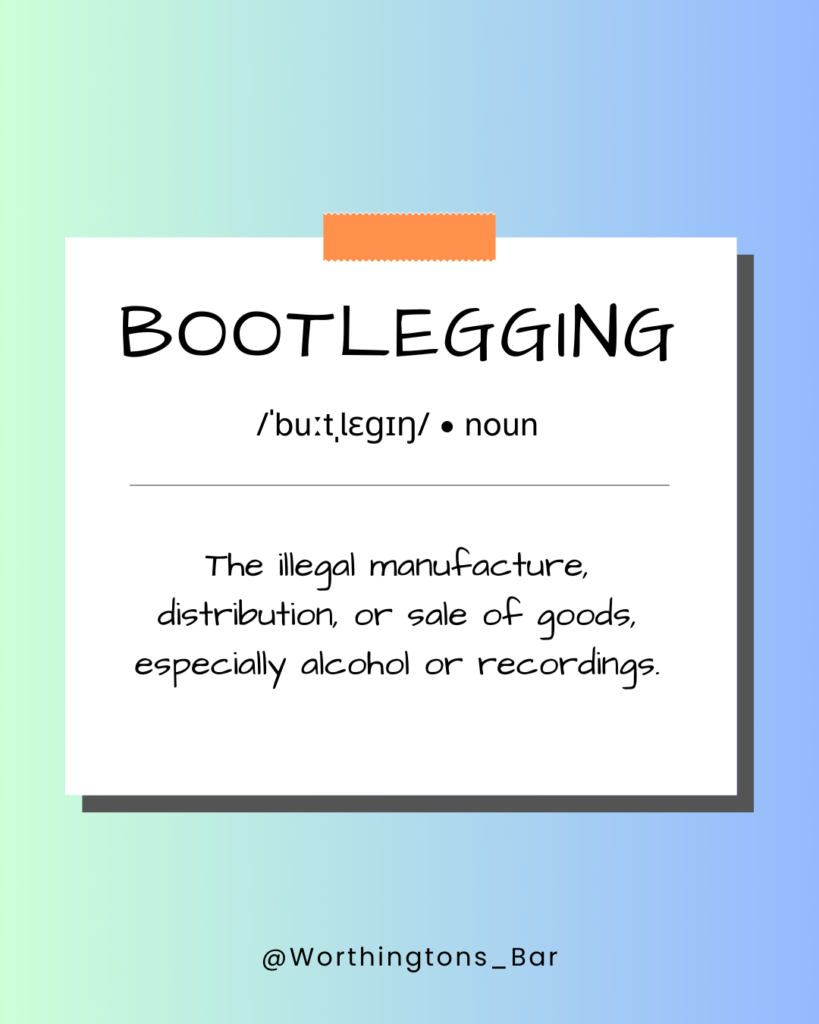
During the era of Prohibition (1920-1933), the sale of alcohol was banned in America. However, hidden away from prying eyes, speakeasies emerged as secret sanctuaries for those craving a sip of the forbidden elixir. These hidden establishments were the birthplace of some of the most iconic cocktails known today, as mixologists had to find creative ways to mask the taste of the often less-than-stellar spirits at their disposal.
Metamorphosis of the Classics
During this transformative period, classic cocktails underwent a metamorphosis, evolving into refined elixirs that masked the harshness of bootlegged alcohol. The Old Fashioned, with its harmonious blend of whiskey, sugar, bitters, and a hint of citrus, personified elegance and sophistication. The Martini, a combination of gin and vermouth, epitomized the height of cultured taste and became a favorite among the fashionable elite.
Another legendary drink to emerge from this era was the Manhattan, a tantalizing fusion of whiskey, sweet vermouth, and bitters. Its intricate flavors provided a temporary halt from the challenges of Prohibition, offering a fleeting escape from reality.
Innovative Techniques
Not only did Prohibition give birth to new cocktails, but it also spurred the development of innovative techniques. Resourceful mixologists experimented with homemade syrups, infusions, and flavored liqueurs, adding layers of complexity to their concoctions. They pushed the boundaries of creativity, finding ways to elevate the drinking experience despite the limitations imposed by the law.
The End of Prohibition
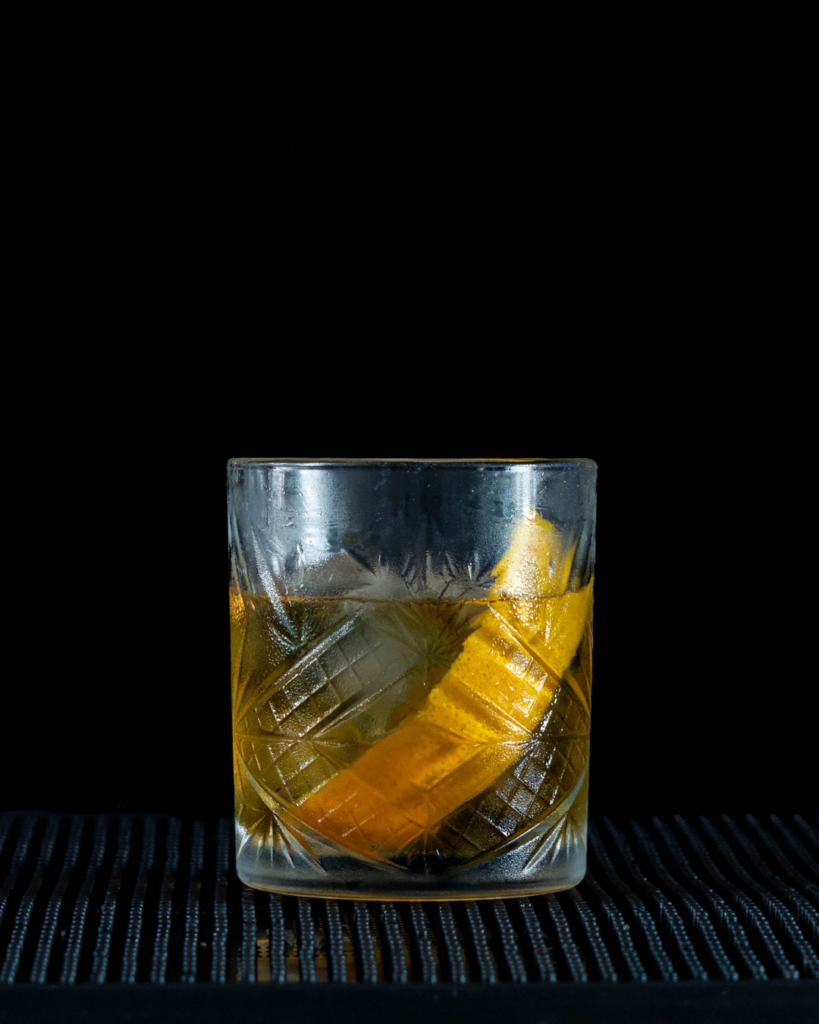
When Prohibition was finally repealed in 1933, the classic cocktails born during this time surged in popularity. They became symbols of resilience and defiance, reminding us of the indomitable human spirit’s ability to seek joy and pleasure even in the face of adversity.
To this day, classic cocktails from the Prohibition era continue to be enjoyed and celebrated. They serve as a testament to the creativity and resourcefulness of the mixologists who crafted them, as well as to the enduring allure of a well-crafted cocktail.
Post-Prohibition and the Cocktail Renaissance: Cheers to Liberation!
As the dark cloud of Prohibition lifted in 1933, a new era of drinks and celebration emerged. The end of this tumultuous period marked the beginning of a cocktail renaissance, where bartenders and mixologists could once again unleash their creativity and craft cocktails without fear of legal repercussions.
With the reintroduction of legal alcohol, the cocktail scene exploded with innovation and experimentation. Mixologists embraced a newfound freedom and began pushing the boundaries of flavor, presentation, and technique. The result was a vibrant and diverse cocktail culture that celebrated the art of mixology like never before.
Regaining Popularity
During the post-Prohibition era, classic cocktails regained their popularity, as people sought to rediscover the timeless drinks that had been hidden away during the dark years of the ban. The Martini, the Old Fashioned, and the Manhattan became symbols of sophistication and refinement once again, but with a fresh twist and modern interpretations.
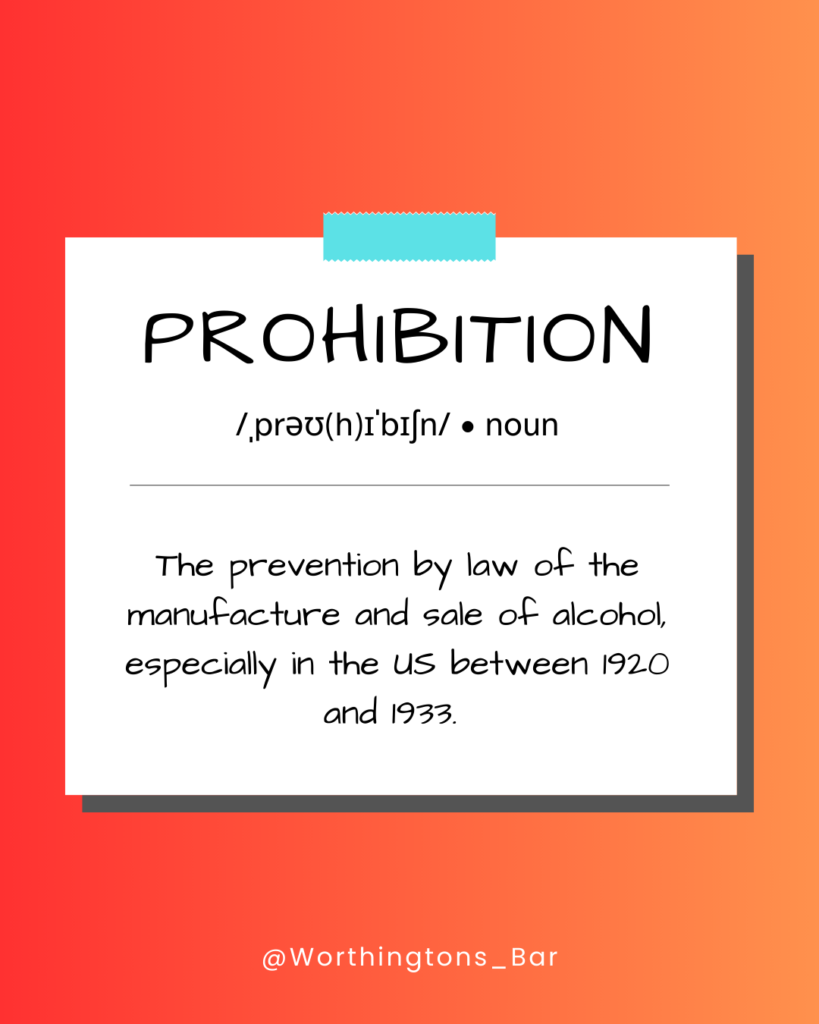
A Wave of New Cocktails
Alongside the classics, a wave of new cocktails emerged, showcasing the imaginative and inventive spirit of the era. Bartenders experimented with a wide range of spirits, liqueurs, and ingredients, creating unique and unexpected flavor combinations. The Cosmopolitan, the Mojito, and the Espresso Martini were just a few of the iconic cocktails that emerged during this time, capturing the essence of the cocktail renaissance.
The birth of Tiki Culture
Aged spirits like bourbon weren’t available right away because they needed time to age, most times they needed a couple years. So, Ernest Raymond Gantt (also known as: Don The Beachcomber), started the Tiki Era (1933-1960). During Prohibition he was a bootlegger, meaning he smuggled alcohol for gangers. He called his creations ‘Rum Rhapsodies’. These concoctions were a combination of rum, fruit juices, syrups and exotic spices. Going to a Tiki bar was a whole experience on its own. People could escape their day to day lives and feel like they were on vacation for just a night.
Focus on Quality & Craftsmanship
The post-Prohibition era also saw a renewed focus on quality ingredients and craftsmanship. Bartenders began sourcing fresh, locally-sourced ingredients, and artisanal spirits, elevating the cocktail experience to new heights. Techniques such as muddling, infusing, and barrel-aging were embraced, adding complexity and depth to the drinks.
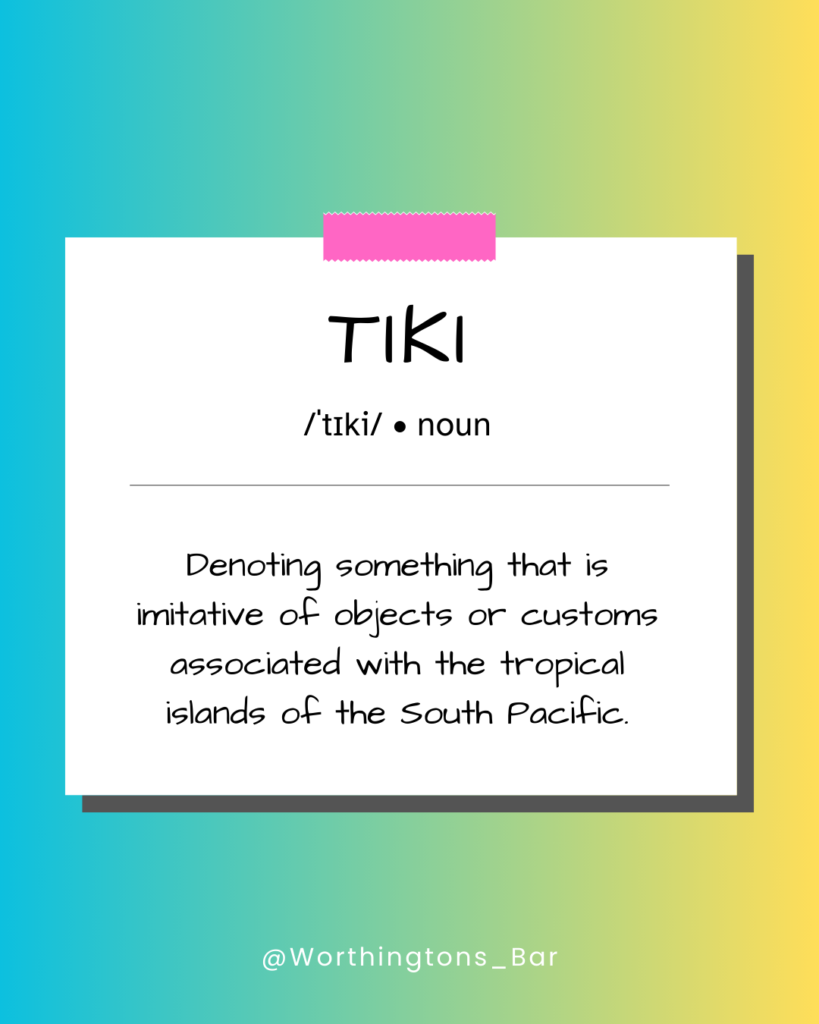
Home Bartending
The cocktail renaissance was not limited to bars and lounges; it extended to home bartending as well. With the availability of legal alcohol, people began experimenting with cocktail recipes in the comfort of their own homes. Cocktail parties became a popular social activity, with hosts and hostesses showcasing their mixology skills and delighting guests with creative and delicious drinks.
Today, we continue to reap the benefits of the cocktail renaissance. Craft cocktail bars and speakeasy-inspired establishments have become destinations for those seeking a taste of the artisanal and the extraordinary. Mixologists are revered as artists, and the cocktail menu is a canvas for their creativity.
Contemporary Mixology and Innovation: A Brave New World of Cocktails!
In recent years, the world of mixology has undergone a remarkable transformation, ushering in a new era of innovation and creativity. Contemporary mixology has pushed the boundaries of what is possible, captivating cocktail enthusiasts with imaginative flavor combinations, stunning presentations, and cutting-edge techniques.
Using Fresh Ingredients
One of the defining characteristics of contemporary mixology is the emphasis on using fresh, high-quality ingredients. Mixologists have become like chefs, sourcing local and seasonal produce, herbs, and spices to create cocktails that are not only delicious but also reflect a sense of time and place. From handcrafted syrups and infusions to freshly squeezed juices and homemade bitters, every element of the drink is carefully selected to enhance the overall experience.
Flavor Pairing
Another hallmark of contemporary mixology is the art of flavor pairing. Mixologists are constantly exploring new combinations, drawing inspiration from the culinary world and other cultural influences. Unexpected ingredients like smoked sea salt, chili-infused oils, and exotic fruits find their way into cocktails, creating intriguing and complex flavor profiles that surprise and delight the palate.
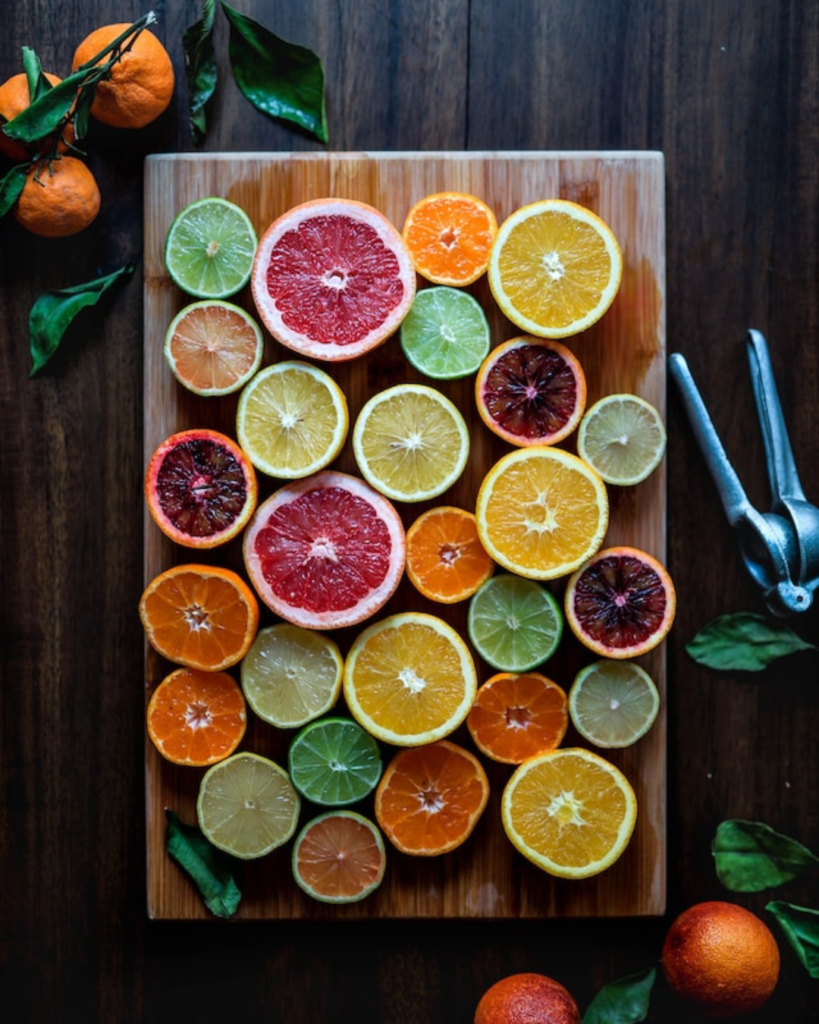
Presentation
Innovation in presentation has also taken center stage in contemporary mixology. Bartenders have become skilled craftsmen, using molecular mixology techniques, garnishes, and glassware to elevate the visual appeal of their creations. From smoke-filled balloons to edible flowers frozen in ice, the presentation of a cocktail has become an integral part of the overall experience, stimulating all the senses.
Technology
Technology has also played a role in shaping the brave new world of cocktails. Mixologists are embracing modern tools and gadgets to enhance their craft. From sous vide machines for infusions to liquid nitrogen for instant freezing, the use of technology has opened up a world of possibilities, allowing mixologists to create drinks that were once unimaginable.
New Life
Contemporary mixology has also seen a resurgence of classic cocktails, but with a modern twist. Bartenders are reimagining and reinventing the classics, incorporating new ingredients, techniques, and flavor profiles. This fusion of tradition and innovation brings a fresh perspective to beloved drinks, breathing new life into timeless recipes.
At Home
Beyond the bars and lounges, the influence of contemporary mixology has extended to home bartending as well. I mean, here we are right? Enthusiasts are experimenting with homemade bitters, shrubs, and tinctures, and showcasing their creativity by crafting signature cocktails for friends and family. Social media platforms have become a virtual stage for sharing recipes, techniques, and the latest trends in mixology, fostering a global community of cocktail enthusiasts.
Final thoughts
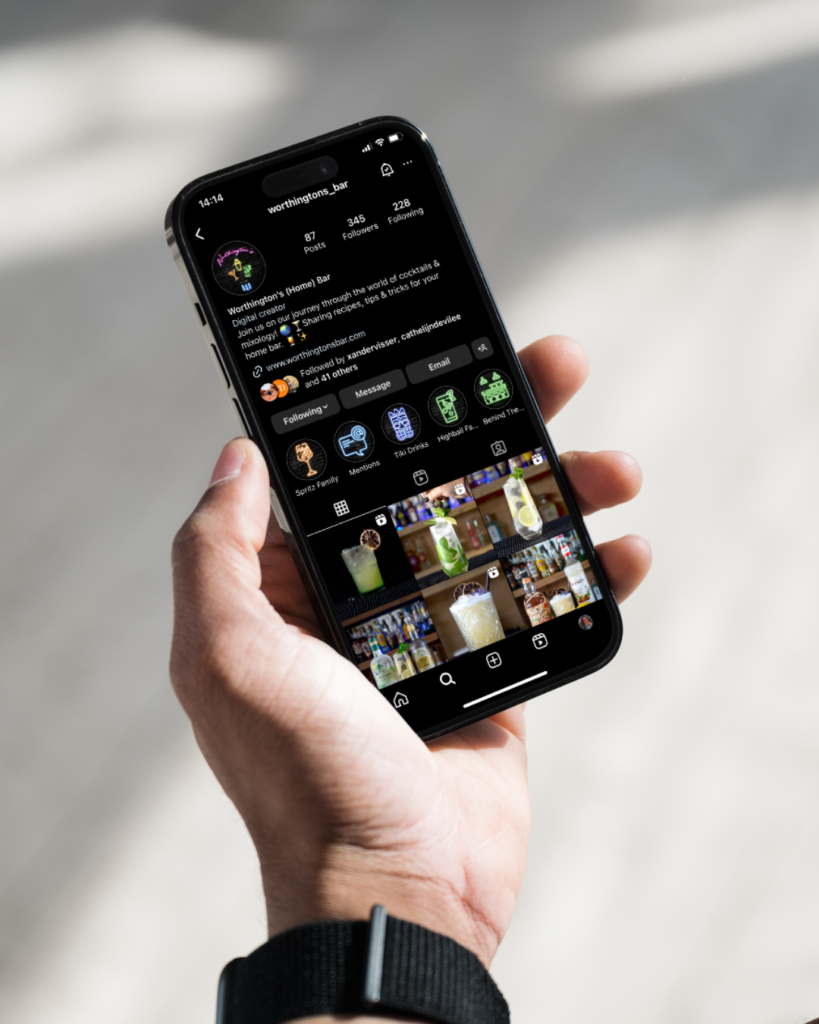
As we raise our glasses to the present and future of mixology, let’s also toast to the rich history and cultural influence of cocktails. From their mysterious origins to the craft cocktail renaissance, these delightful drinks have always been there to enhance our social gatherings and celebrate life’s moments. So, next time you order a cocktail, remember that you’re sipping on a liquid legacy that has evolved, delighted, and inspired for centuries. Cheers to the innovative bartenders who continue to push the boundaries of flavor, presentation, and technique. Here’s to the endless possibilities, the artistry, and the sheer joy of exploring this exciting realm of mixology. Here’s to the ever-evolving world of cocktails that keeps us thirsty for more!
If you want to be the first to know about new blog posts, and new recipes or just stay in touch, make sure to follow us on Instagram!
